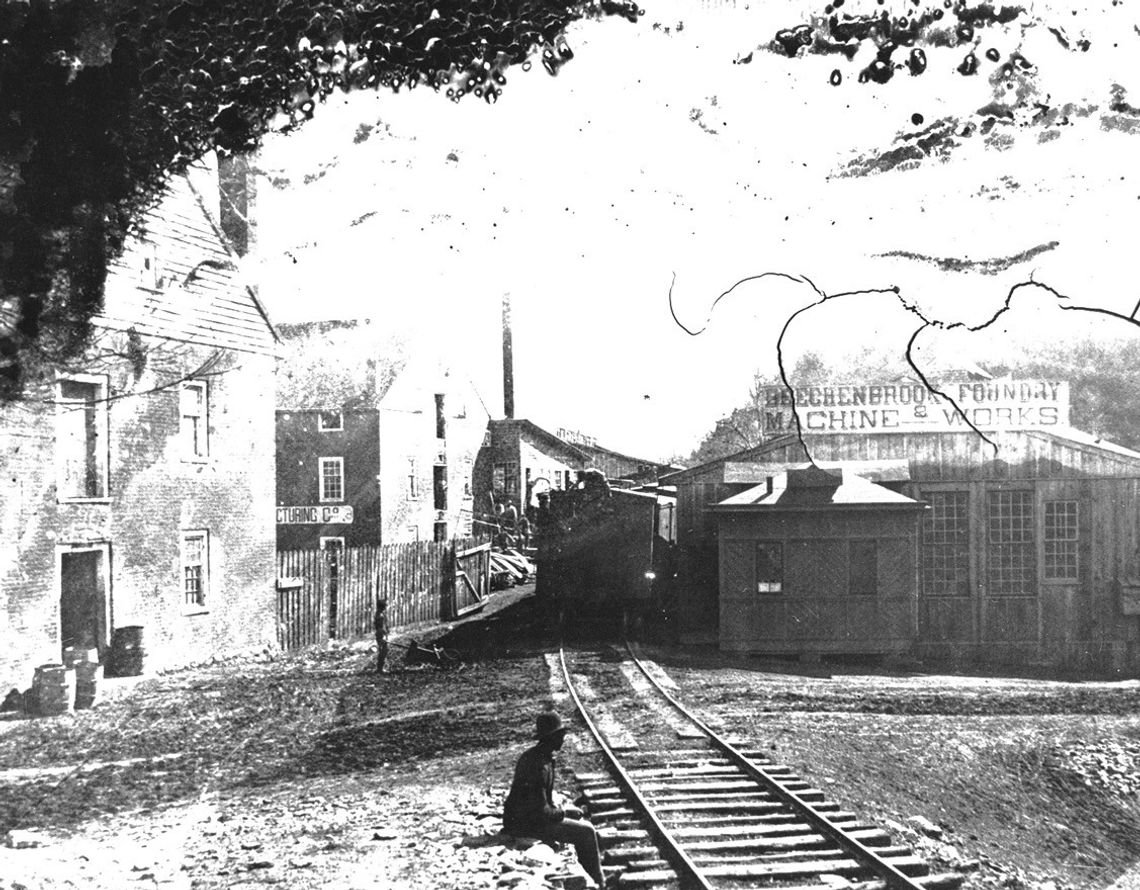Historic Lexington Foundation concludes its Preservation Month programs with a look at the transportation history of Lexington.
This walking/driving tour will begin at 2 p.m. on Saturday, May 27, at the historic Lexington train station, now ODK offices, off of McLaughlin Street.
It will be conducted by HLF board member Byron Faidley. He is a senior collections assistant at Washington and Lee University’s Special Collections and Archives and serves of the board of the Miller’s House Museum at Jordans Point.
Participants will have the opportunity to view the remains of Lexington’s railroad lines as they walk or drive to different points on the tour. Those attending are asked to dress for the weather, wear comfortable shoes and bring water. The program will conclude at Jordans Point, where the Miller’s House Museum currently has an exhibit on the railroads of Rockbridge County.
In addition to discussing the area’s railroad history, the program will also look at road and river history.
The Great Valley Road brought settlers to the region in the 18th century. Eventually turnpikes would connect the area. The Lexington and Covington Turnpike was incorporated in 1829, linking Lexington to Covington, 41 miles to the west. In 1834, the turnpike company erected toll houses, including the extant toll house at today’s junction of Lime Kiln Road and Enfield Road.
In the 19th century, a covered bridge was built over what is now the Maury, bringing traffic into Lexington through Jordans Point. A total of three bridges were constructed on the site, one of which burned during Hunter’s 1864 raid on Lexington. All that is left are the bridge abutments on either side of the river. Also visible today are several of the remaining railroad bridge supports.
On the area’s waterways, boatmen braved the rapids of the James River Gorge to transport goods to the North River — now the Maury — and on to Lexington. Later, by the eve of the Civil War, the North River Navigation Company completed a canal from Balcony Downs near Glasgow to Jordans Point in Lexington.
The railroad largely made the canal system obsolete. Today the Chessie Trail follows where the railroad tracks of the Chesapeake and Ohio Railroad once connected Lexington with Buena Vista. Plans were for the extension of the Lexington line south of the then town. Although never built, one can still see remains of railroad bridges for the planned line along Plank Road.
.jpg)


